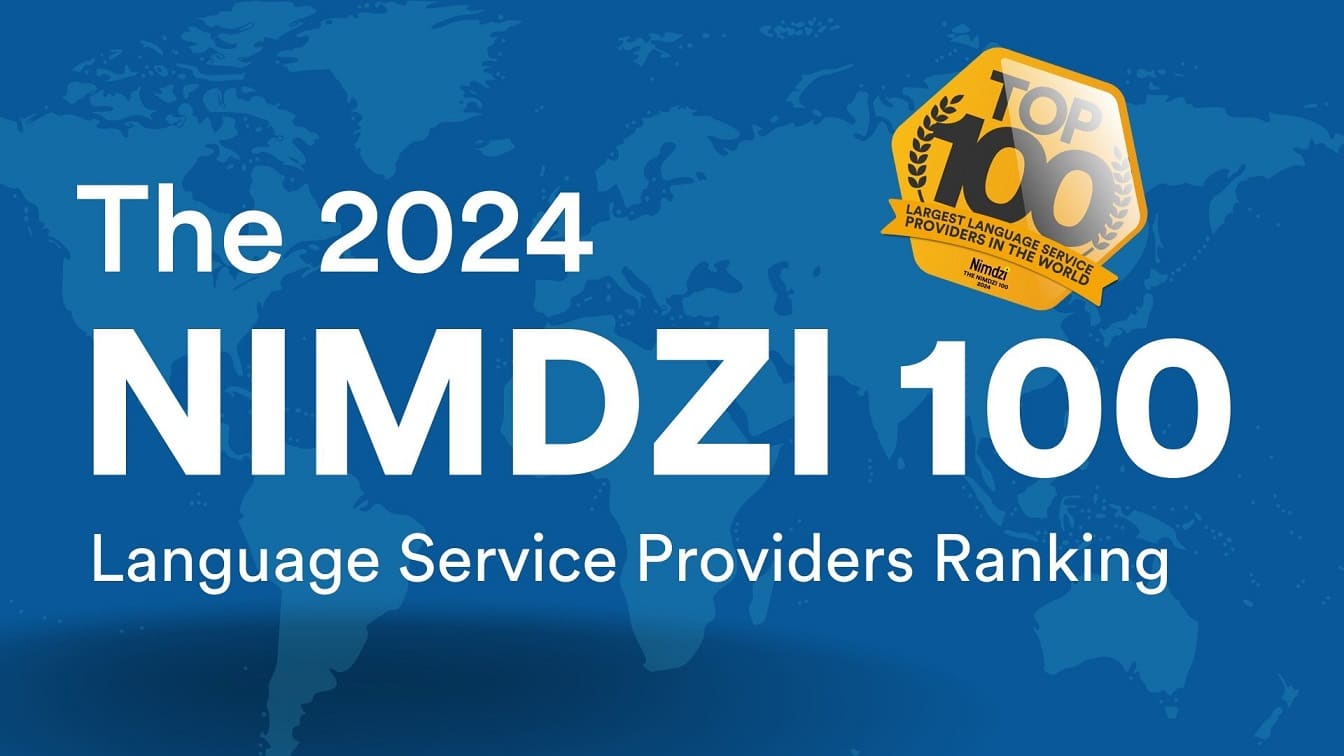Audio and video transcription is fast emerging as one of the most effective accessibility tools for digital media. Offering written transcripts of audio and video content can help brands and creators provide more inclusive experiences for audience members of diverse backgrounds and abilities.
There are several different types of transcription available to support a wide range of accessibility and outreach initiatives. Let’s take a look at some of the transcription methods and styles available for content creators and marketers from every industry.
Types of transcription table of contents:
- Transcription: the basics
- How Many Types of Transcription Are There?
- Transcription Methods: How Does it Work?
- What are the Benefits of Transcription?
Transcription: the basics
Transcription refers to the process of converting audio or video content to text. Written transcripts serve as a readable record of an audio or video recording. Depending on the type of media and platform, transcripts may appear alongside a video, or a third-party platform or sidecar file might contain the text version.
It’s possible to transcribe everything from a YouTube video to a Zoom call in order to provide additional support to viewers. Individuals who are Deaf or hard of hearing benefit significantly from written transcripts, as well as those with ADHD or auditory processing disorders. Transcripts are an alternative way to present information in a format that is not audio-dependent. Written transcripts can also improve comprehension for audience members who are consuming content in a non-native language.

How Many Types of Transcription Are There?
There are two primary transcription types: Verbatim and non-verbatim transcription. Each of these types of transcription serves a unique purpose and suits a specific kind of project. Verbatim transcription refers to the process of creating a word-for-word account of an audio or video recording. A verbatim transcript depicts the audio track of a recording exactly as it exists in its original form. These transcripts will reflect every detail of a recording, including non-speech audio elements, grammatical errors, repeated words and more.
Non-verbatim transcripts, on the other hand, convey only the main ideas of a recording. As a result, these transcripts involve heavy editing to remove audio elements that are confusing or unnecessary. These transcripts often exclude audio elements like sound effects, pauses or stammers and will instead streamline the recording’s message.
Non-verbatim transcripts can be well-suited for use in educational environments or to serve as a convenient summary of a lecture or seminar. They do not, however, constitute an effective accessibility tool because they do not offer equitable experiences to individuals who are not able to fully engage with a recording in its original format.
In situations where a creator or business leader is looking to offer transcription for the benefit of employees or clients who are Deaf or hard of hearing, verbatim transcripts are the industry standard. Because these transcripts include representations of ALL audio elements, they provide equal messaging for all who require it. Verbatim transcription is also the ideal approach for more technical transcription projects like interviews, market research, legal proceedings and more.

Transcription Methods: How Does it Work?
There are a few different ways of transcribing content, depending on the requirements of a specific industry or project. The most basic approach to transcription is manual transcription. This process involves individuals sitting down and personally transcribing every audio element of a recording. Some businesses may use in-house employees for their transcription projects. Unfortunately, untrained transcribers are prone to making a substantial number of errors that can compromise the usability and accessibility of the transcript.
In order to provide a higher level of accuracy, some creators may outsource their projects to professional transcribers. These professionals are able to deliver higher accuracy levels, but they can be very expensive to hire. Furthermore, individual professional transcribers may encounter bandwidth issues. Such obstacles may make it difficult for businesses to scale their accessibility efforts within their target timeline.
Brands looking for a more cost-effective transcription solution may want to consider partnering with a professional transcription service like Verbit. Verbit uses a dual approach to transcription that makes it possible to generate a high volume of transcripts with targeted accuracy rates of up to 99%. Upon upload, Verbit’s platform uses an advanced form of artificial intelligence to transcribe video to text automatically. This initial transcript is then reviewed and edited by a member of Verbit’s professional transcription team. Next, Verbit makes the transcript available for the user to download in a variety of popular file formats. Beyond just plain text transcription files, Verbit also offers fully searchable, interactive transcripts that make incredibly useful reference and study tools.

What are the Benefits of Transcription?
When you transcribe audio to text, you significantly increase the content’s potential use value. There are many reasons why an audience member would prefer or require readable versions of audio or video content. As a result, proactively offering accurate transcripts is a great way to improve the reach of your materials.
Transcribing internal communications like video chats or Microsoft Teams meetings can help to foster a more inclusive work environment and support accessibility guidelines like the Americans with Disabilities Act. Transcripts of meetings and conferences also make it easier for attendees to focus in real-time rather than having to worry about meticulous note-taking.
Transcribing external communications like marketing videos or social media content can also help to boost the content’s reach and maximize the value of your production efforts. In fact, at least 69% of consumers watch mobile video content with the sound off. Offering accurate transcripts of your video content can help to ensure that your message gets across, even if an audience member is unwilling or unable to watch a video at full volume.
Searchable transcripts can also serve as a time-saving tool for viewers or listeners. With this feature, it’s easy to jump to specific portions of a recording. For example, students can search for a specific keyword and find the corresponding points in a video lecture or class recording. This functionality is a great way to save time and boost efficiency while providing students, employees and clients more control over the ways they engage with information.

Working with Verbit
Verbit’s transcription services are easy-to-use and tailored to your specific industry. With optimized workflows and seamless software integrations, users can produce a high volume of accurate transcripts, expanding the reach of their internal and external communications.
Verbit is proud to offer a full suite of accessibility tools, including transcription, captioning, translation and audio description. These solutions foster more inclusive brand experiences and work environments. Whether you’re hosting an in-person event or just need some additional support on your weekly business calls, Verbit has a solution for every occasion. Reach out today to get a quote or to learn more about how Verbit is helping brands around the world level up their communications and content.




